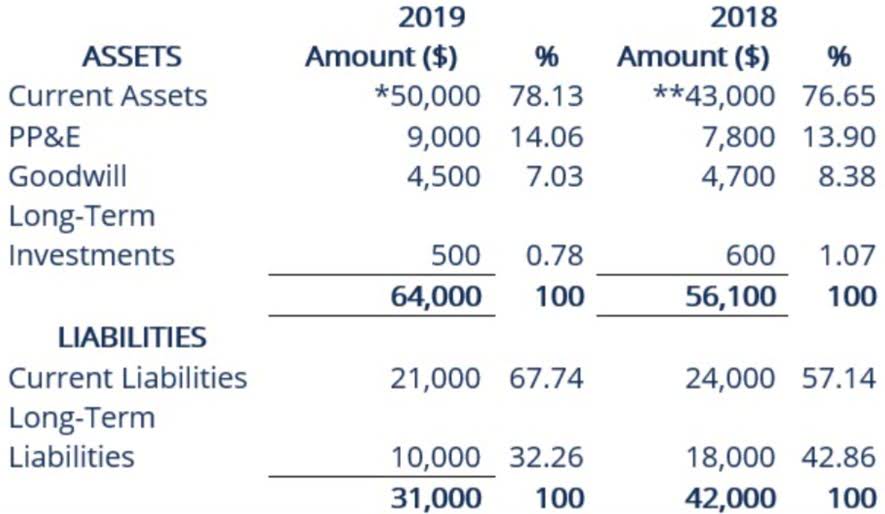
FIFO costing does not mix costs from prior tenure (in beginning inventory) with a current period expense. Additionally, businesses must be agile in their pricing strategies to respond to fluctuations in period costs. For instance, a spike in rental expenses due to market changes would necessitate a reevaluation of pricing to ensure that the increased costs do not erode profit margins.

Product Costs vs. Period Costs

Direct Labor, Direct Materials, and Sales Commissions are examples of costs that can be directly allocated. These costs are relatively easy to track and assign to a specific product or project. Print advertising expenses include costs related to placing advertisements in newspapers, magazines, trade publications, and direct mail campaigns. These costs are incurred whether production is high or low, and they are not directly tied to the production of goods.
- This involves periodically assessing the carrying value of assets for impairment and adjusting depreciation estimates as needed to reflect changes in asset values or useful lives.
- Effective inventory management and production planning can help mitigate the impact of variable costs on profitability.
- By using TranZact’s inventory and period costs calculator tools, businesses can manage the challenges of financial management.
- These costs are more administrative in nature and include items such as sales commissions, advertising, rent, office supplies, and utilities.
- Product costs help businesses figure out how much it truly costs to make each item they sell, helping set prices for profit.
- This means they’re accounted for immediately, without being tied to the cost of goods sold.
Variable Costs
- For an expense to categorize as a period expense, it should be incurred periodically and not related to the product.
- Examples include selling, general and administrative (SG&A) expenses, marketing expenses, CEO salary, and rent expense relating to a corporate office.
- Many employees receive fringe benefits paid for by employers, such as payroll taxes, pension costs, and paid vacations.
- If a selling, general and administrative (SG&A) expense is prepaid, the prepaid portion will be reported as a current asset.
- In general, fixed costs include fixed production overhead and administrative overhead.
- Period costs are always recognized in profit or loss in the period in which they are incurred.
For example, John & Muller company manufactures 500 units of product X in year 2022. Out of these 500 units manufactured, the company sells only 300 units during the year 2022 and 200 unsold units remain in ending inventory. The direct materials, direct labor and manufacturing overhead costs incurred to manufacture what are period costs these 500 units would be initially recorded as inventory (i.e., an asset).
#1. Maintain a record of your period costs.

Indirect Allocation involves distributing Period Costs to cost objects based on predetermined allocation bases. These allocation bases may include factors such as labor hours, machine hours, square footage, or production volume. Understanding these costs is not just about recording numbers; it’s about grasping their broader implications on pricing strategies, budgeting, forecasting, and tax considerations. The Accounting Security significance of period costs extends beyond mere accounting entries to become a cornerstone in shaping business tactics and financial health.
- Understanding these differences is essential for accurate financial reporting and analysis.
- If a manufacturer leases its manufacturing plant and equipment, the lease is a product cost (as opposed to a period cost).
- In other words, product costs are the expenses incurred to produce something.
- Product costs are directly tied to the production process and include direct materials, direct labor, and manufacturing overhead.
- On the other hand, if a cost is linked to a product, inventory, production, or goods and may be incurred over several accounting periods, you may be looking at a product cost.
Understanding product cost: a general overview
So, it is only for that accounting period that period costs will reduce the net income. The key difference between product cost and period cost is that product concurs when a company produces any products. Consequently, they are not apportioned to any product but charged as an expense in the income statement. When period costs are expensed, they appear on your income statement and diminish your net income. To acquire a better idea of your costs and how much you spend on each, you may choose to segregate period costs by category on your income statement. This assists you in determining your expenses and provides an accurate estimate of your net income.

This approach aligns with the principle of matching expenses with revenue, providing a more accurate representation of the true cost of goods sold. From the perspective of a CFO, managing period costs is about visibility and control. It involves regular reviews of expenses, renegotiating fixed contracts, income summary and ensuring that costs align with the strategic direction of the company.
